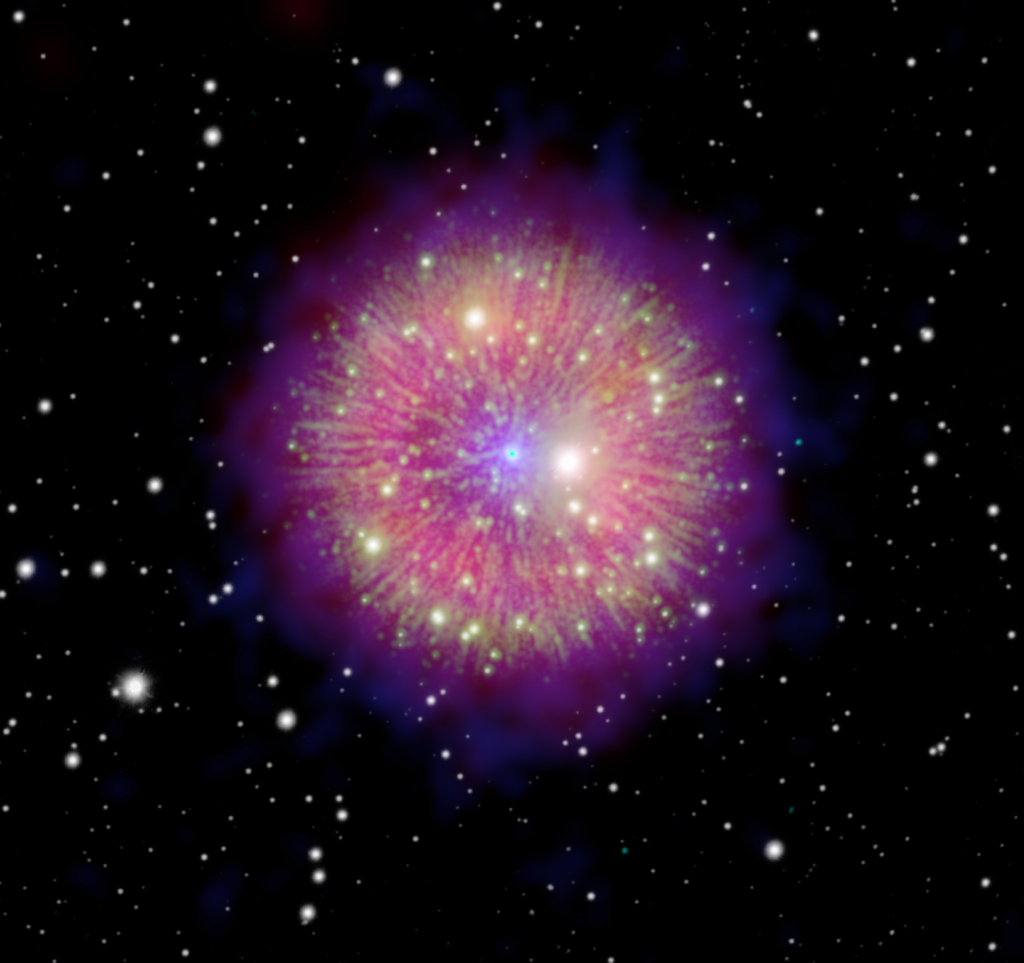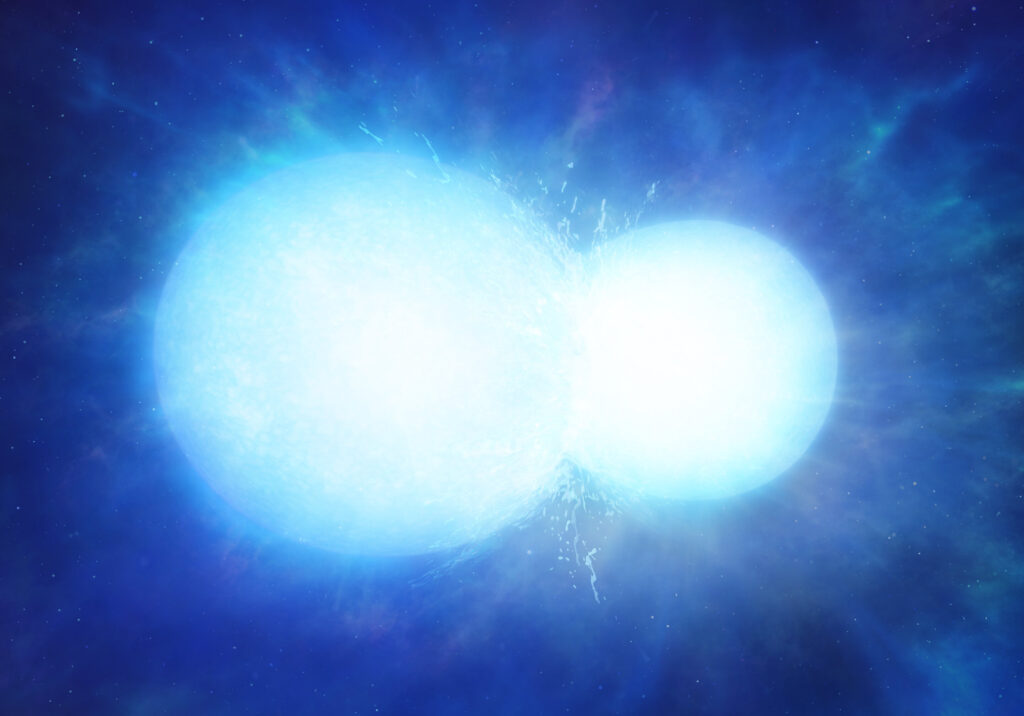Using data from several space observatories, astronomers have published a portrait of the Pa 30 nebula. It is considered to be the remnant of a supernova observed in 1181.
Finding a missing supernova
In 1181, Chinese and Japanese astronomers noticed the appearance of a new star in the constellation Cassiopeia. According to the records, its brilliance was comparable to Saturn. It was observed in the sky for six months, after which it disappeared. Already in the modern era, many astronomers have tried to find the remnant of this supernova. One of the candidates was the nebula around pulsar 3C 58. However, more careful studies have shown that the pulsar is older than the supernova of 1181.

The breakthrough occurred in 2013, when the nebula Pa 30 was discovered in the constellation Cassiopeia, located at a distance of 10,000 light-years from the Sun. It is barely visible in the optical range, but it is a powerful source of infrared and X-ray radiation. Its diameter is 3 light-years, and it is expanding at a speed of 1100 km/s, which indicates that the age of the object does not exceed thousands of years. Thus, it is almost certainly the remnant of the supernova of 1181.
To get a portrait of the supernova remnant, astronomers used a number of instruments. The blue and cyan colors (data from the XMM-Newton and Chandra telescopes) correspond to X-ray radiation. They demonstrate the scale of the nebula and its central source. The red and pink (WISE data) correspond to infrared radiation, and the images of the stars in the background are taken from Pan-STARRS telescopes. As for the green color (MDM observatory), it is sulfur, which is so hot that it glows in visible light.
Zombie Star
Such images are not made for beauty. They allow astronomers to study the anatomy of the processes that led to the death of a star. And in the case of Pa 30, they provided a surprise. As it turned out, the supernova of 1181 belonged to a very rare type Iax. It was formed as a result of the merger of two white dwarfs. Usually, in such events, they completely explode without remnants. However, in this case, the thermonuclear reaction affected only a part of the substance, which led to the birth of the so-called zombie star.

The zombie star in the center of the Pa 30 nebula is a very unusual object. Its chemical composition is dominated by oxygen and neon, and it is very hot. The surface temperature is about 200 000 °C. This makes it one of the hottest stars in the Milky Way. It also produces a very powerful stellar wind, which reaches a speed of 16 000 km/s. According to the researchers, the “zombie star” is not destined to have a long life. It is unstable over the next ten thousand years with the formation of a neutron star.
Earlier we talked about the flare of a nova that astronomers are waiting for.
According to https://www.esa.int
Follow us on Twitter to get the most interesting space news in time
https://twitter.com/ust_magazine


